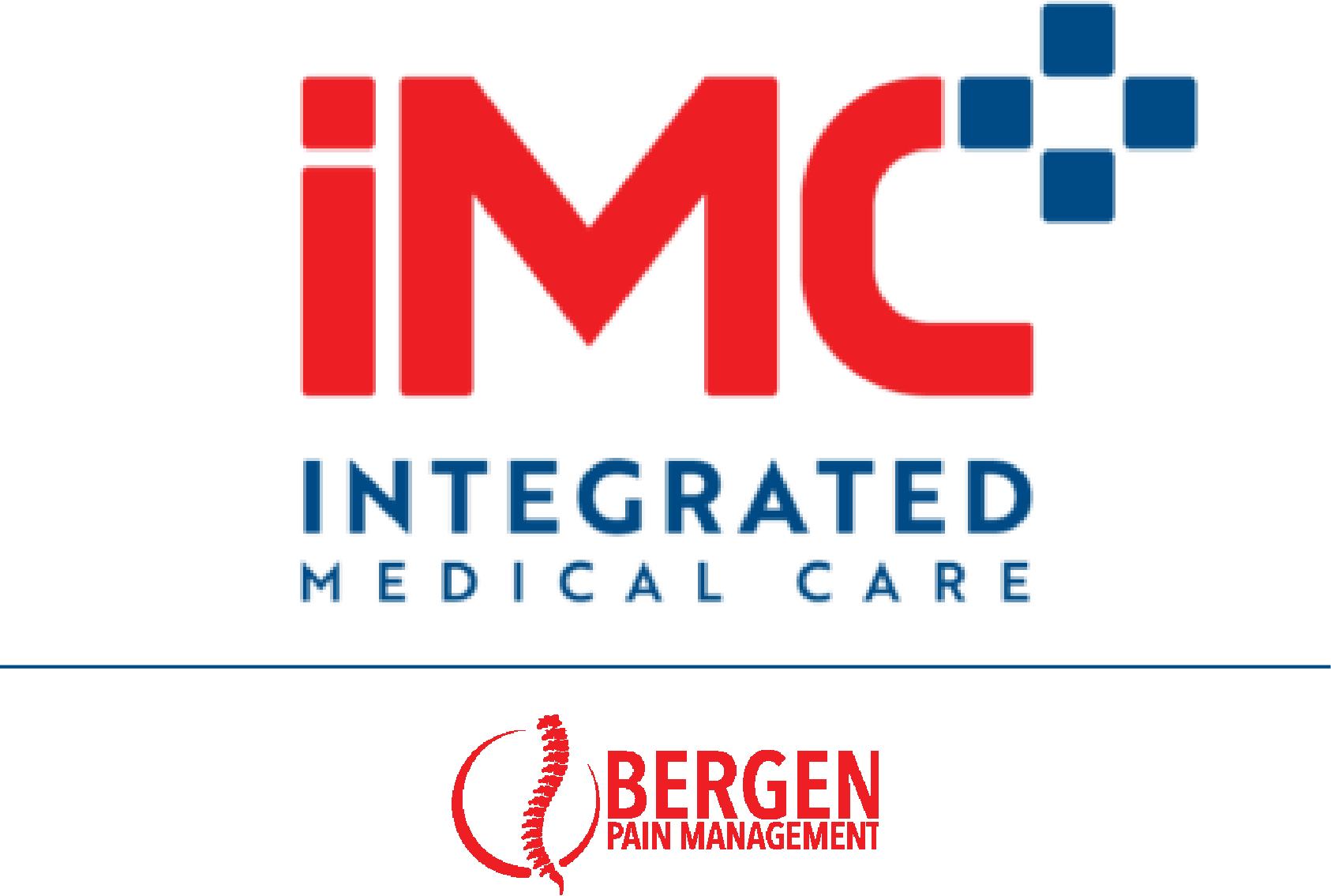
Thoracic Facet Syndrome
What is Thoracic Facet Syndrome?
To prevent excessive motion, over-twisting, or toppling over, the segments of the spine are stabilized by a number of structures that preserve the flexibility needed to turn, look around and get around. The facet joints are found at every spinal level and provide about 20% of the torsional (twisting) stability in the neck and low back. Each upper half of the paired facet joints are attached on both sides on the backside of each vertebra, near its side limits, then extend downward. These faces project forward or towards the side. The other halves of the joints arise on the vertebra below then project upwards, facing backward or towards the midline to engage the downward faces of the upper facet halves.
Signs and Symptoms
Symptoms of facet joint syndrome include acute episodes of lumbar and cervical pain, joint tenderness, and discomfort leaning backward.
Treatment Options
Common treatment options facet joint syndrome include long-term exercise, good posture, heat, changes in daily activities, anti-inflammatory medication, chiropractic manipulations and a neck collar.
